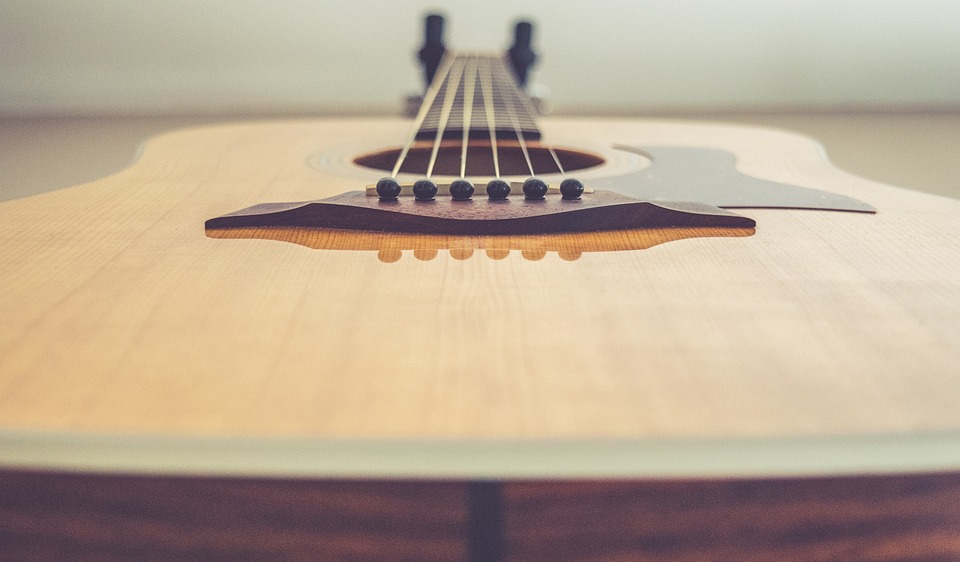Unlock Your Guitar’s Potential: A Beginner’s Guide to Creating Unique Tones
Unlock Your Guitar’s Potential: A Beginner’s Guide to Creating Unique Tones
Introduction
As a beginner guitarist, it can be overwhelming to navigate the endless possibilities of tones and sounds that your instrument can produce. However, with a little knowledge and experimentation, you can unlock your guitar’s full potential and create unique tones that set you apart from the crowd. In this guide, we will cover some fundamental concepts and techniques that will help you on your journey to becoming a tone master.
Understanding Your Gear
The first step in unlocking your guitar’s potential is to understand the gear that you are working with. This includes your guitar, amplifier, pedals, and any other accessories you may have. Each component plays a crucial role in shaping your tone, so it’s essential to familiarize yourself with how they work together.
Choosing the Right Guitar
The type of guitar you choose can have a significant impact on the tone you produce. Electric guitars come in a variety of shapes, sizes, and configurations, each with its unique sound characteristics. For example, a single-coil pickup will produce a brighter tone compared to a humbucker pickup, which tends to be warmer and thicker. Experimenting with different types of guitars can help you find the perfect instrument to suit your playing style and desired tone.
Amplifiers and Effects Pedals
Your amplifier and effects pedals are essential tools for shaping your tone. Amplifiers come in various sizes and configurations, each with its unique sound characteristics. Experimenting with different amp settings, such as gain, EQ, and reverb, can help you achieve the sound you’re looking for. Effects pedals, such as overdrive, delay, and chorus, can further enhance and customize your tone. Experimenting with different combinations of pedals can help you create unique sounds that reflect your musical style.
Techniques for Creating Unique Tones
Now that you have a basic understanding of your gear, let’s explore some techniques for creating unique tones on your guitar.
Experiment with Different Pickups
Most electric guitars come equipped with multiple pickups, each with its unique sound characteristics. Switching between pickups can dramatically alter your tone, so don’t be afraid to experiment with different combinations. For example, using the neck pickup will produce a warmer, rounder tone, while the bridge pickup will give you a brighter, more cutting sound. Mix and match different pickups to find the perfect balance for your playing style.
Adjust Your Amp Settings
Your amplifier’s settings play a crucial role in shaping your tone. Experiment with the gain, EQ, and reverb controls to achieve the sound you’re looking for. Increasing the gain will add grit and distortion to your tone, while adjusting the EQ can help you cut through the mix or create a more subdued sound. Reverb can add depth and ambiance to your tone, giving it a more spacious and atmospheric quality.
Explore Different Playing Techniques
Your playing technique can also impact your tone. Experiment with techniques such as palm muting, fingerpicking, and slide guitar to create unique sounds and textures. For example, palm muting can give your tone a percussive quality, while fingerpicking can produce a softer, more delicate sound. Slide guitar, on the other hand, can add a bluesy, soulful quality to your playing. By exploring different techniques, you can expand your sonic palette and create a more varied and dynamic sound.
Customize Your Sound with Effects Pedals
Effects pedals are a versatile tool for customizing your tone. Experiment with pedals such as overdrive, delay, chorus, and tremolo to add depth, texture, and color to your sound. Overdrive pedals can add grit and distortion, giving your tone more edge and bite. Delay pedals can create echoes and repeats, adding a lush and spacious quality to your sound. Chorus pedals can add depth and richness, while tremolo pedals can create a pulsating, rhythmic effect. By experimenting with different pedals, you can create a unique sound that reflects your musical style and personality.
Conclusion
Unlocking your guitar’s potential is an exciting journey that requires a combination of knowledge, experimentation, and creativity. By understanding your gear, exploring different techniques, and customizing your sound with effects pedals, you can create unique tones that set you apart from the crowd. Don’t be afraid to step out of your comfort zone and try new things – the possibilities are endless when it comes to creating music on the guitar. So grab your guitar, plug in, and start exploring the boundless world of tone creation.






